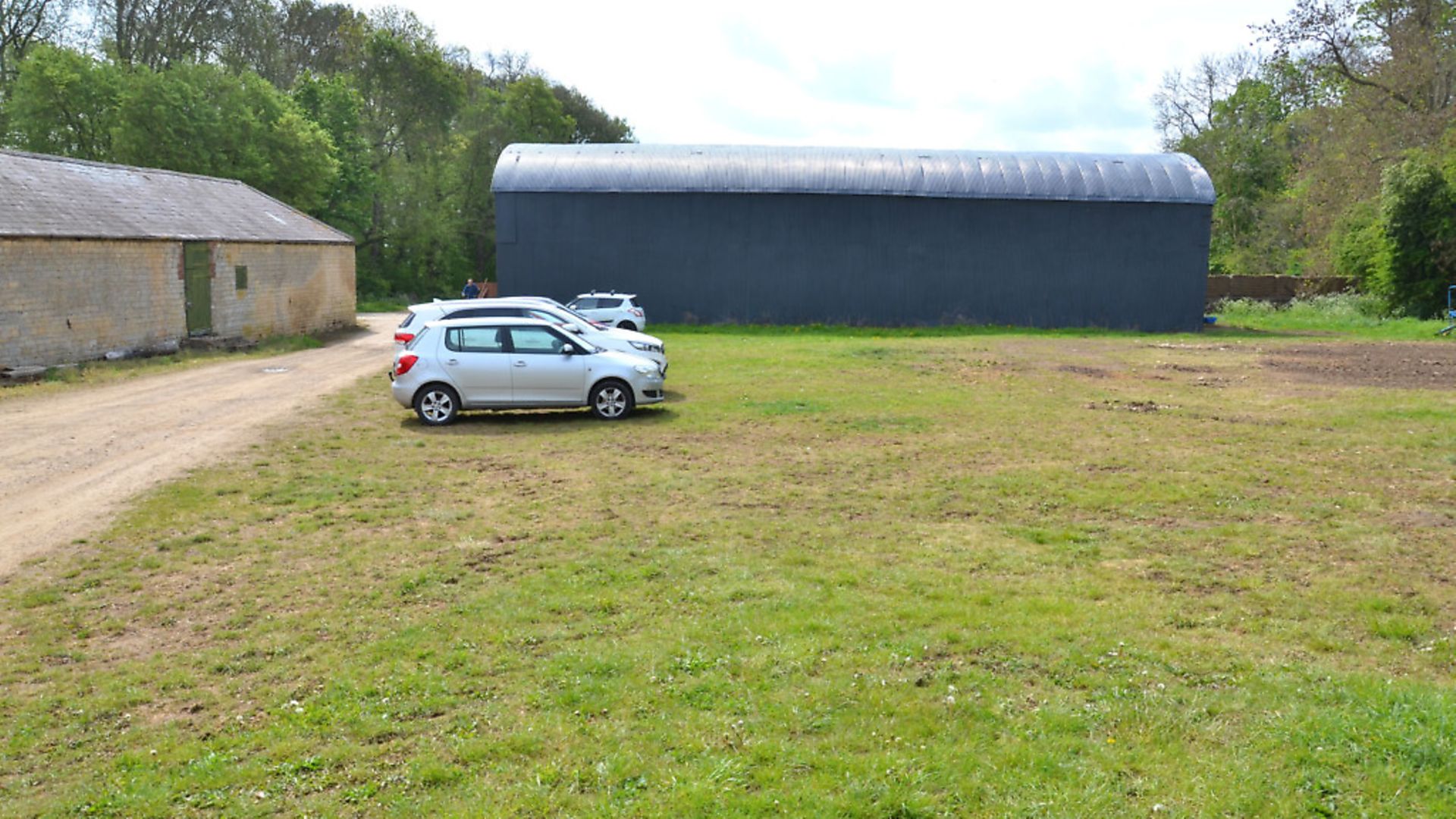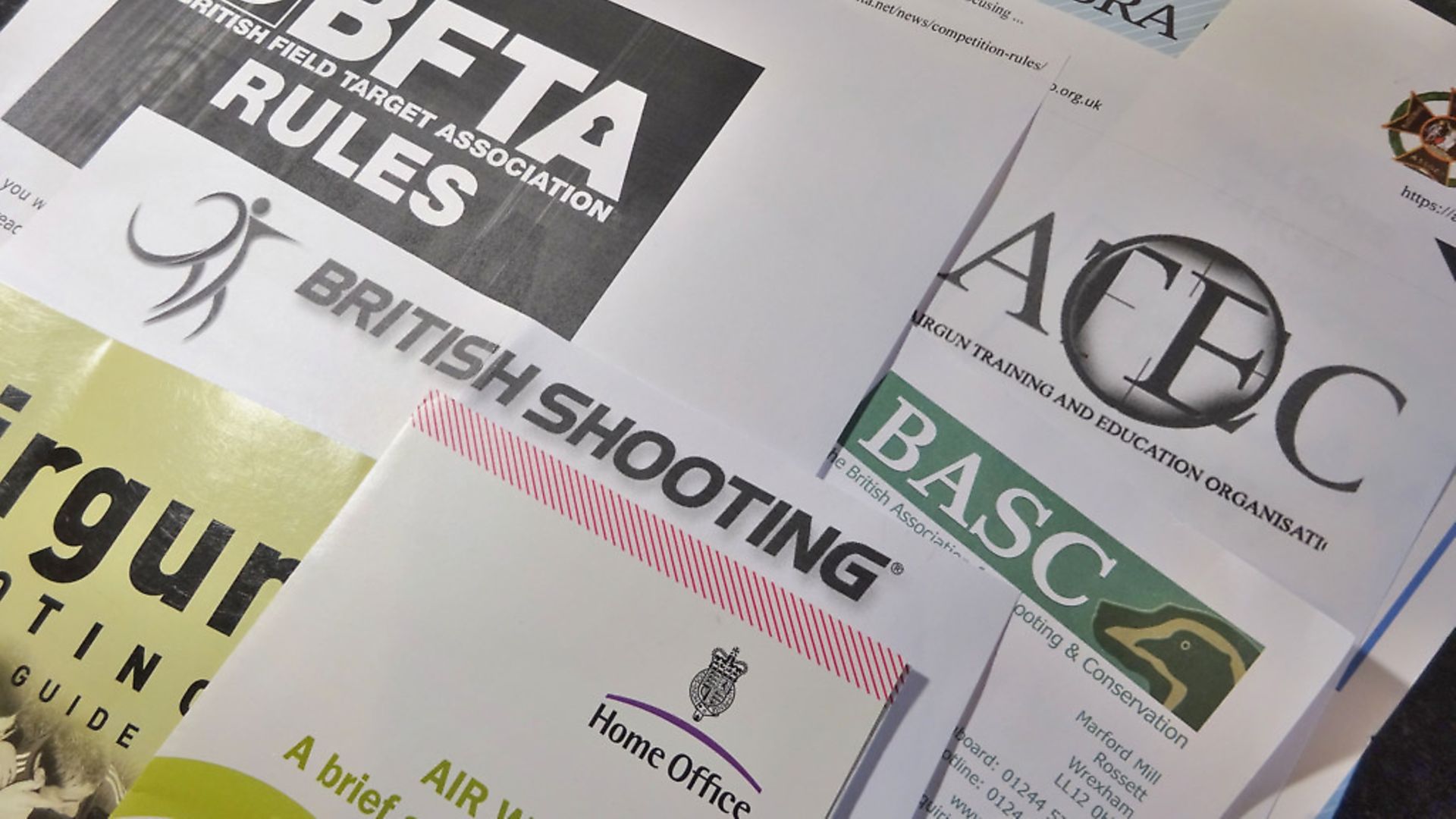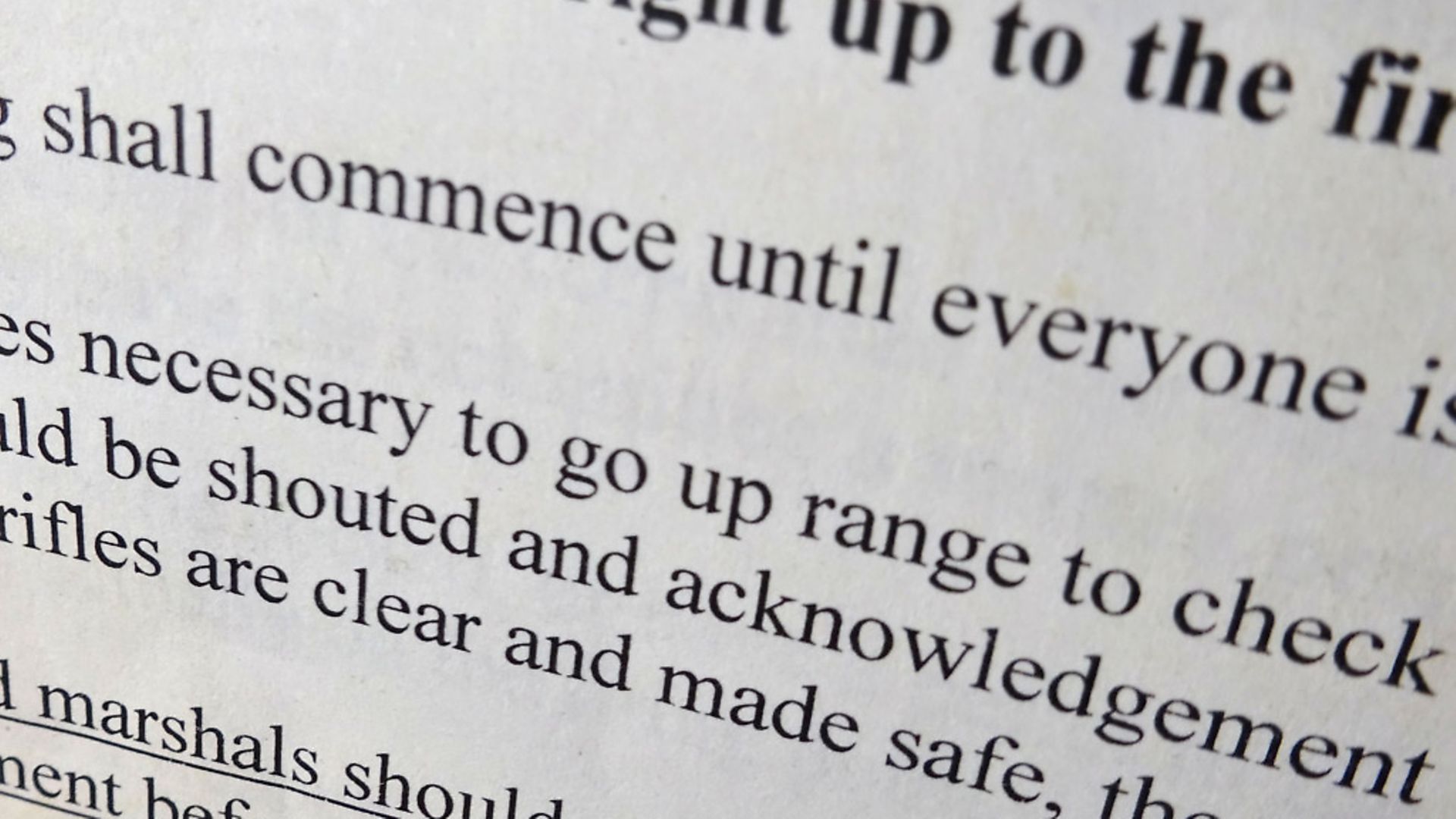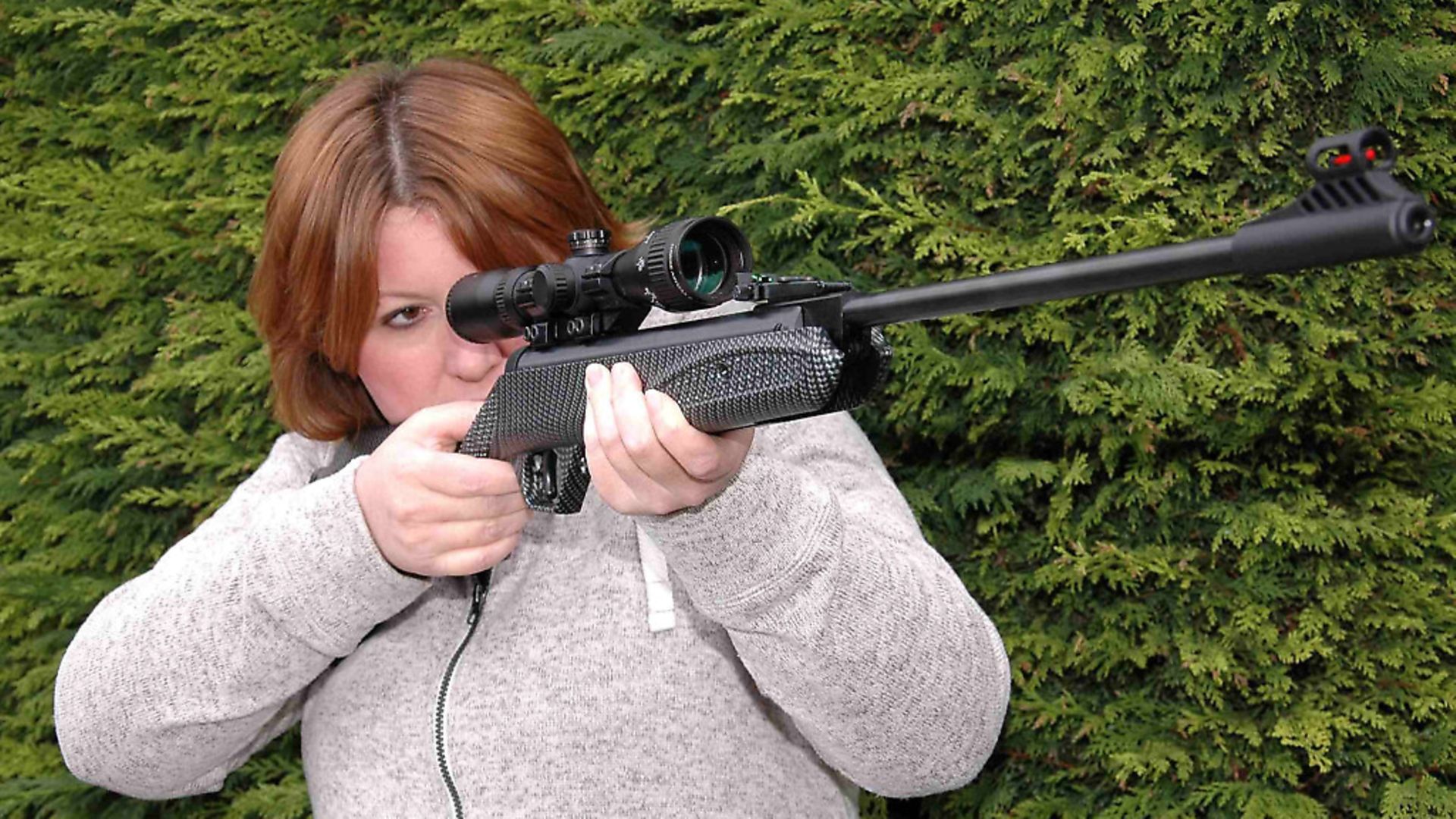Mark Camoccio continues his miini-series on starting your own airgun club with a closer look at safety, location, and club constitutions
 credit: Archant
credit: Archant
Read part 1 here
BASICS AND LOCALITY
Basic rules govern the use of airguns, and these should be borne in mind at all times, such as the fact that all shooting must take place at least 50ft from the centre of a public highway. Bear in mind the logistics of having a certain number of vehicles turn up at any one time, too, and that parking without blocking any thoroughfare is possible. You might have a perfect right to be there, but you don’t want to offend the locals unnecessarily. In our situation, we arrive and park up directly in the farmer’s yard, so we all park on the same side and are mindful not to block in farm machinery in the process. Certain times of year, such as harvesting, or the local hunt, dictates play too, and we will happily miss the very rare week, to cause minimal disruption.
 credit: Archant
credit: Archant
SAFE BACKSTOP
Maintaining a safe backstop, or at least being aware of the surroundings, is of paramount importance. Yes, we are using airguns that are incredibly quiet when compared to live stuff, but don’t be fooled. Indeed, be aware that a 12 ft.lbs. air rifle, when fired at 45 degrees, can send a pellet some considerable distance – several hundred yards, at times. The law states that we should not let a pellet leave the property on which it is shot, so this means taking reasonable precaution, firstly to handle guns in the correct manner, and secondly, to set up targets with safety in mind. Steel knock-down, FT-style targets will stop a pellet in its tracks, but what if you miss the plate? Target positioning is therefore crucial, and common sense should be applied.
Shoot at paper targets low to the ground in a large field, and it could be that gravity will drop the pellet safely before it strays. However, don’t play Russian roulette. If in doubt, there’s no substitute for large metal screens as an appropriate backstop that won’t allow a pellet to pass through..
 credit: Archant
credit: Archant
CLUB CONSTITUTION
It might seem largely academic, but having some official paperwork in place, such as a Club Constitution, keeps everything above board and could be helpful in the long run. The club will need a bank account to hold funds, and building societies and banks will normally request to see the Constitution before setting up a dedicated account. Whilst this document might sound complicated and officious, various standard structures exist that can be adopted and tweaked with little trouble. The Constitution takes the form of a document outlining the club structure, the basics being the following:
Aims and Objectives: i.e. to promote airgun shooting, what sort of guns can be used etc.
Membership: a clause stating that anyone can join, assuming no legal obstacles or reasons exist to the contrary, and their conduct is appropriate etc.
The Club Committee: This concerns the election of three members to the positions of Chairman, Secretary, and Treasurer; and it will also outline their respective duties. These elected officers would normally serve for a year, their positions coming up for re-election at the club’s Annual General Meeting (AGM).
It might also be an idea to have a clause included to cover ‘Disciplinary Procedure’, in the event of unsafe or inappropriate conduct, along with a clause outlining the AGM, where members can have their views heard and discuss any concerns. Of course, in reality, these details are largely academic to many of the members, and if all works well and goes to plan, then it should just be a friendly bunch of like-minded enthusiasts, enjoying shooting, and each other’s company. However, having the official structure set-up in the background, covers the club for all eventualities.
Appointing a treasurer is important, especially when large sums of money become involved. Again, not so important when the club is small, but the role can become far more official as the club grows, and investment in the right area becomes cause for debate. My club has remained rather informal, and in practice, it’s more a friendly dictatorship, but I know of much larger organisations, where everything needs to be done by the book.
 credit: Archant
credit: Archant
OFF THE SHELF
Starting to get cold feet? Well, for any prospective Club Chairmen out there – don’t! The hard work has been done for you. The NSRA and others can provide specimen documentation and constitutions that can easily be adopted from the outset. Guidance documentation is available from various organisations, so it’s a much more simplified process than you might think, largely available ‘off the shelf’.
 credit: Archant
credit: Archant
SAFETY, SAFETY, SAFETY
Have I mentioned safety? Make this first on the list, and last on the list, for it’s an area where there can simply be no compromise. Basically, a safe club is a happy club. Firstly, produce a safety document, that lays out clearly and politely the basic safety measures that have to be abided by all who attend.
Basics such as ‘NEVER point a rifle at anybody under any circumstances’, should be drummed into any prospective member, and even experienced members need to be reminded periodically. Calling a halt to shooting on the firing line, by blowing a whistle, when someone needs to go downrange to fix a target, is another golden rule, and ensuring that everyone has cleared/fired off their gun and placed it on the ground, before anyone ventures onto the range, is another non-negotiable rule on the list. It’s difficult to have an accident, if basics are adhered to!
Next month we’ll look at further safety aspects, deciding on which disciplines to undertake, and what to charge for membership. Join me for the final part in this rewarding journey.
 credit: Archant
credit: Archant
 credit: Archant
credit: Archant